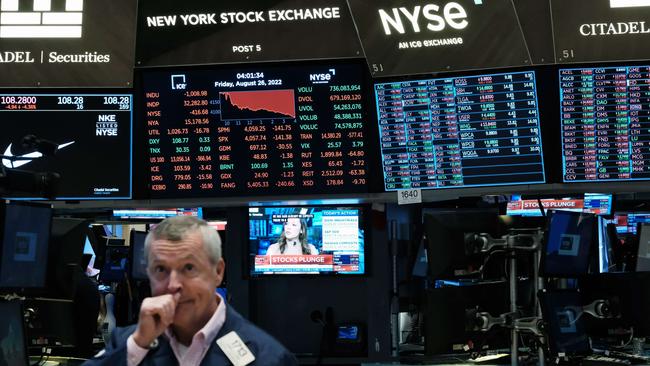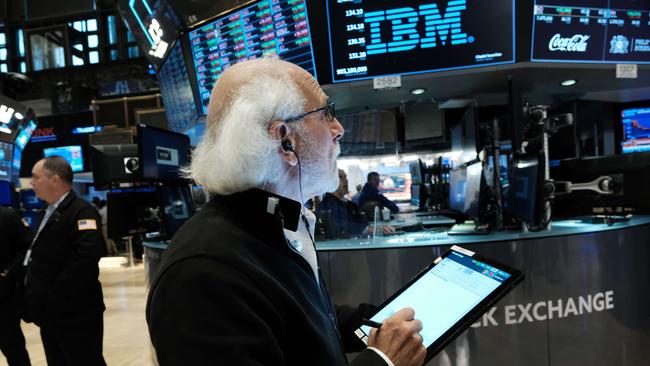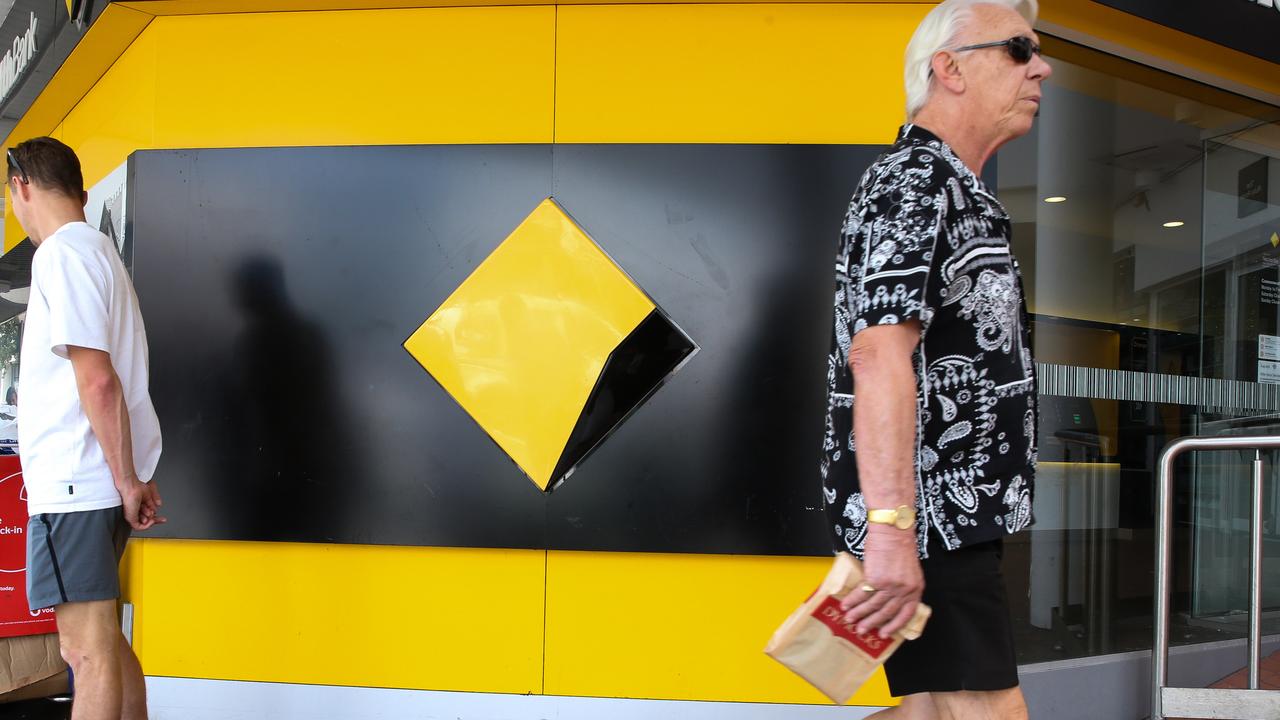A bad time of the year to receive a reality check
Fed head Jerome Powell’s Jackson Hole speech caused a significant reassessment of the US interest rate outlook and that’s likely to continue if CPI data doesn’t fall enough.

A negative macroeconomic backdrop for asset prices comes at the start of a volatile time of year.
After months of light trading during the northern hemisphere holidays – when stocks and bonds spent some time recovering from a sell-off associated with the start of US interest rate rises in March – Federal Reserve chairman Jerome Powell’s Jackson Hole speech delivered a reality check.
Stocks and bonds had already peaked well before Powell delivered his surprisingly direct and hawkish message speech at Jackson Hole, as Fed officials pushed back against loosening of monetary conditions.
However, Powell’s speech caused a significant reassessment of the US interest rate outlook. That reassessment will continue if next week’s US CPI data doesn’t fall as much as expected and FOMC members don’t lower their dot plot projections of US interest rates as the market expects when the Fed meets later this month, with negative implications for stocks and bonds.

A Goldilocks September non-farm payrolls data last week gave some hope that the Fed will lift rates by 50 basis points rather than 75 this month, as average hourly earnings rose less than expected and a rise in the labour force participation rate lifted the unemployment rate.
But it was soon eclipsed by the prospect of a deep recession in the UK and Europe as the energy crisis worsened significantly, with Russia indefinitely shutting the Nord Stream gas pipeline.
Then a much stronger than expected US ISM Services Sector PMI report on Tuesday cast doubt on the idea that the Fed could slow the pace of rate rises.
Combined with reports of a massive UK fiscal stimulus plan to offset economic damage from the energy crisis, the stronger than expected ISM Services report triggered a further rise in bond yields, with the US 10-year now set to retest the 11½-year high near 3.5 per cent that it hit in June.
With the US 10-year bond yield surging from 2.77 per cent to 3.36 per cent since early August, it’s no surprise that the interest rate-sensitive Nasdaq is off 13 per cent from its mid-August peak. The recent seven-day losing streak on the Nasdaq was its longest losing streak since late 2016.
The S&P 500 has fallen 10 per cent and Australia’s ASX 200 index has fallen 5.6 per cent.

While US share trading volume has remained light this week, investors returning from northern hemisphere summer holidays may reassess their portfolios with a negative outcome after Powell’s speech and the ISM Services report and conclude that the Fed has a lot more work to do.
Australian sharemarket certainly saw a big increase in volume in the sell-off on Wednesday. Trading value surged to $9.25bn as the ASX 200 dived 1.4 per cent to a seven-week low of 6729.3.
Bell Potter’s head of institutional sales and trading, Richard Coppleson, said the bourse was hit by “massive sell transition portfolios”, with 102 block trades worth a huge $1.2bn.

On the charts, the ASX 200 formed a bear flag pattern, with a conservative target of 6685.
Support from the 61.8 per cent Fibonacci retracement of the June-to-August rise in the Australian share index also comes in near the bear flag target at 6685.
However, there are reasons to believe that the June low near 6400 could be tested this month.
Apart from the prospect of higher-for-longer US interest rates and global recession risk as the European energy crisis comes amid rate rises meant to get a grip on inflation, China’s economy looks vulnerable to a deepening property crisis and ongoing Covid-19 lockdowns after recording a much smaller than expected August trade surplus as exports unexpectedly dived.
Domestically, Reserve Bank governor Philip Lowe needs to send a clear message that the RBA’s priority now is to fight inflation, rather than “keeping the economy on an even keel”.
Thursday’s Anika Foundation speech on inflation and the monetary policy framework may be just as forceful as Powell’s Jackson Hole speech. If so, it will reinforce the downtrend in stocks.
But the second half of September and first half of October is also seasonally weak for shares.
“There is a chance that the markets could be in for a tough time and right now I’d be more cautious and quietly cashing up to get ready for what could be a great buying opportunity if a sell-off comes,” said Coppleson. “While the strongest upward bias in stocks has historically occurred during November-January, September has proved to be the most difficult month for stocks.”
However, with about $43.1bn worth of dividends due to be paid out to investors by Australian companies in September and October, a further sell-off in this period could spawn a year-end rally.








To join the conversation, please log in. Don't have an account? Register
Join the conversation, you are commenting as Logout